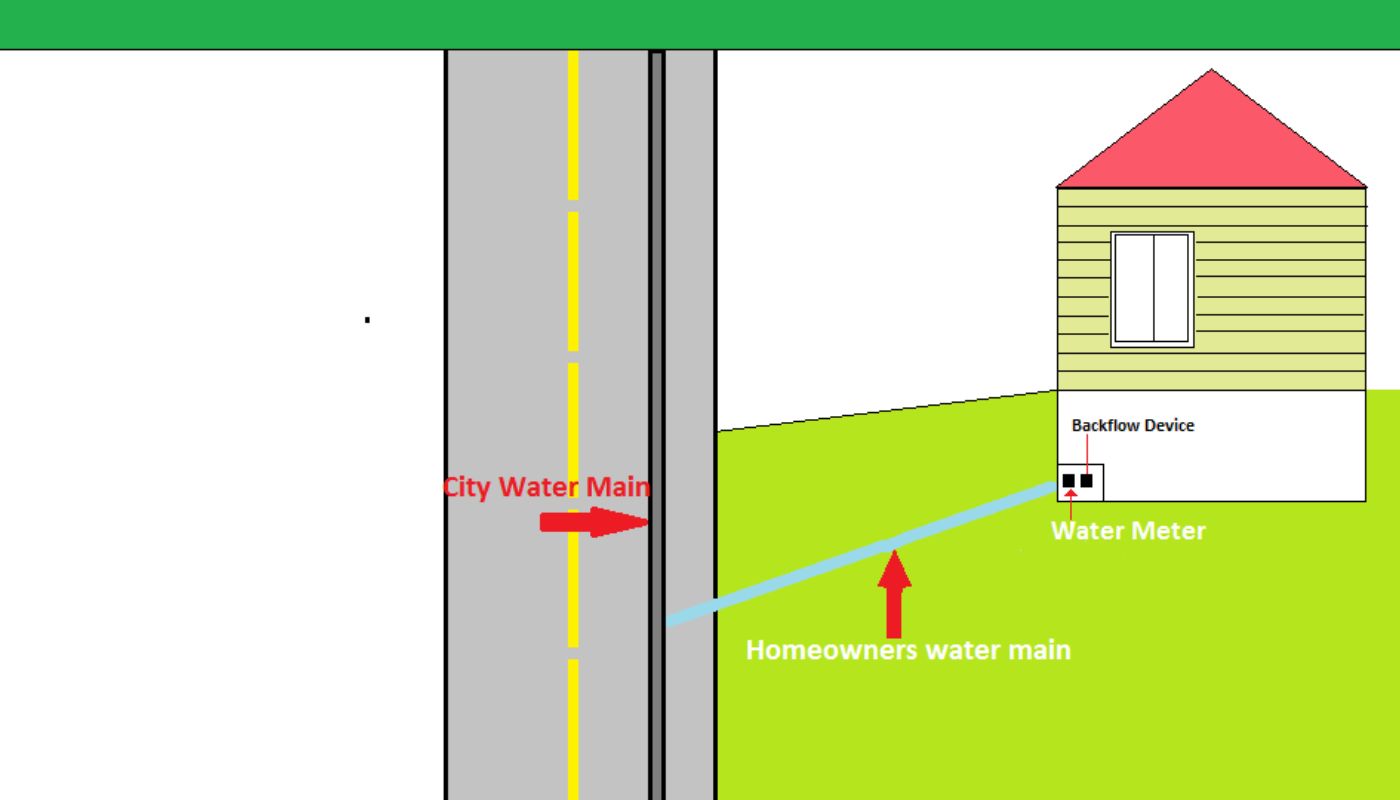Did you know that it is the responsibility of everyone to protect our potable water supplies? Due to the risk of backflow, special equipment is used to ensure contaminated water never enters your clean water pipes. Read on to learn more about the importance of backflow prevention devices.
A Quick Overview of Backflow and Prevention
Picture this: a water main a few blocks away from your home suddenly ruptures. Immediately, all pressure is lost in the community pipe systems, including the ones that feed water to your home. Without knowing this, you go to fill up a glass of water from your kitchen sink. However, you find that the water quality is significantly lower than normal. What you don’t know is that glass of water might contain human waste, agriculture run-off, chemicals, pesticides, and other contaminants from all the other homes and properties in your community. Furthermore, the dirty water from your home is now entering your neighbor’s house, as well as countless other nearby buildings.
This scenario is what’s known as backflow, and it threatens the safety of potable water supplies for the entire general public. To ensure you never drink someone else’s dirty water or shower with insect-killing chemicals, backflow prevention devices are installed onto any item that draws from public water supplies. These devices quite literally stop water from flowing backward in your pipes, even during a water main rupture.
Why Backflow Prevention Devices are Essential
It’s no secret that dirty water can cause significant harm to communities. Contaminated water can breed various illnesses, such as cholera, typhoid fever, and hepatitis A, all of which are responsible for massive devastations throughout human history.
Therefore, it is the responsibility of everyone to have proper backflow prevention devices installed in all the right places. These pieces of equipment protect the public water supply and save cities hundreds of thousands of dollars in response services.
Common Applications of Backflow Prevention Devices
So, where exactly do backflow prevention devices go? As previously stated, a backflow prevention device should be installed onto any item that draws from public water supplies. Common applications of these devices include in-ground sprinklers and irrigation systems, swimming pools, fire suppression sprinkler systems, and water service lines. If you’re unsure whether your property requires a backflow prevention device, you can check out the DEP backflow prevention guidelines to ensure you are actively protecting your community and following the law.
The importance of backflow prevention devices cannot be understated—they help protect your community and your potable water supply. If you’re experiencing water main or backflow issues with your pipes, contact us today; we’ll provide professional sewer and water contractors and excellent service in no time!





















